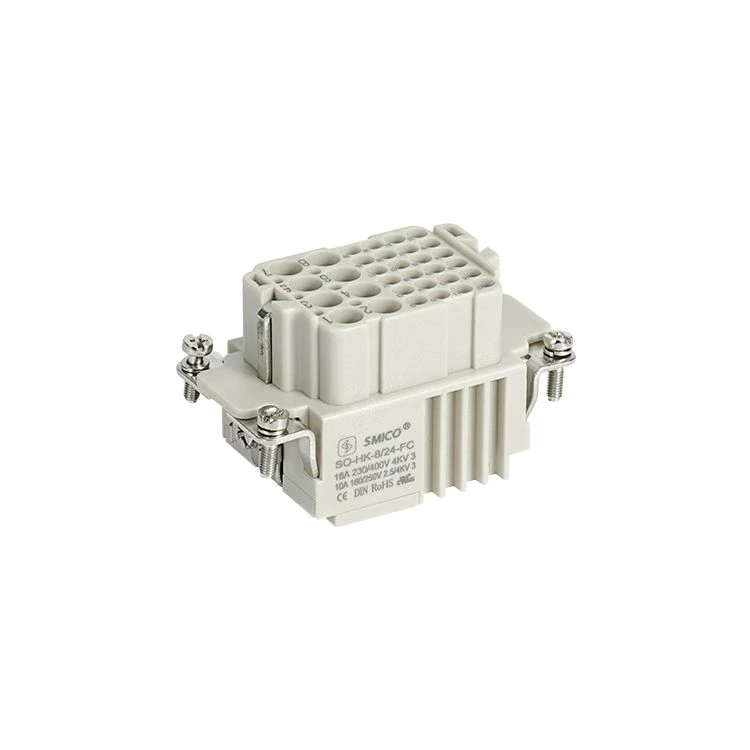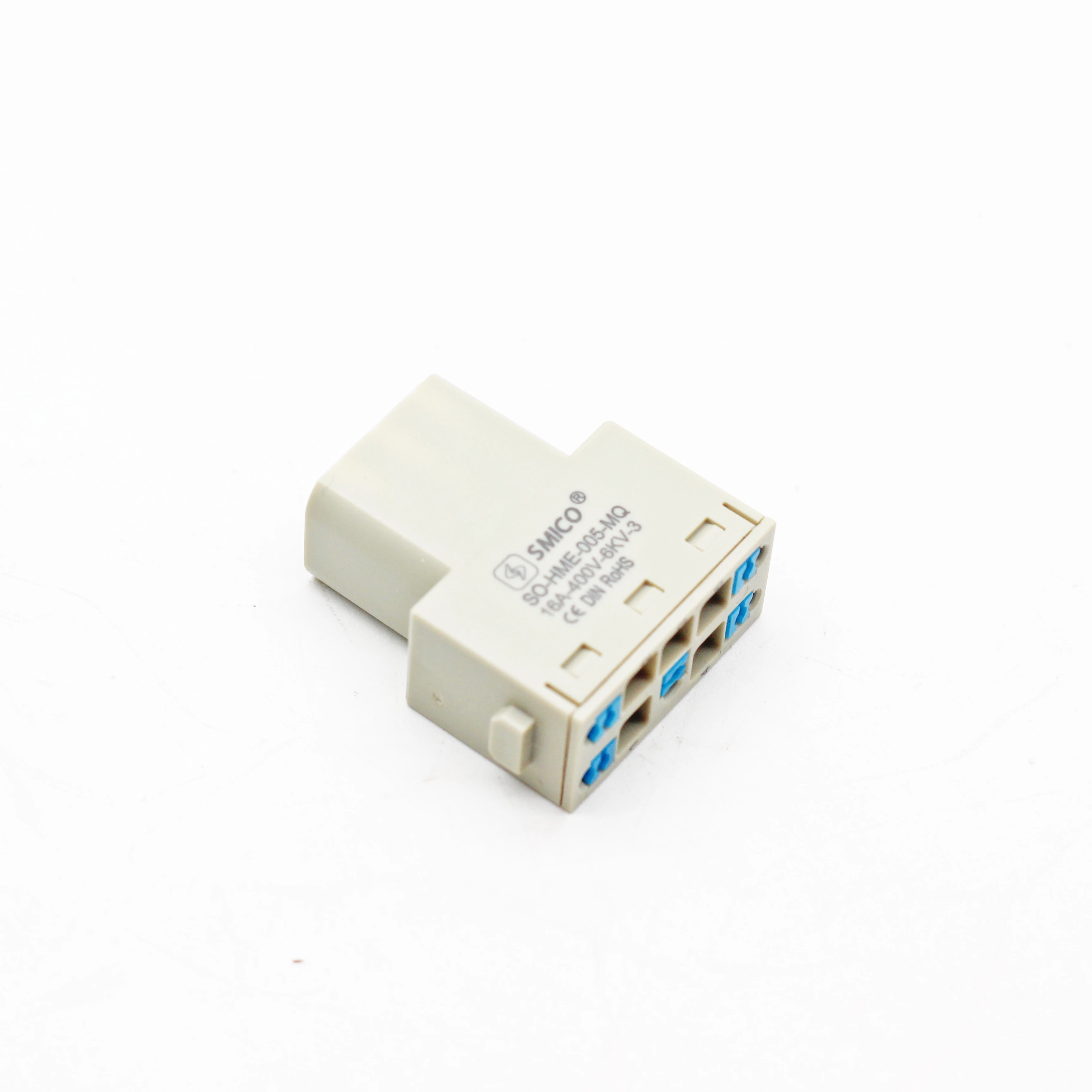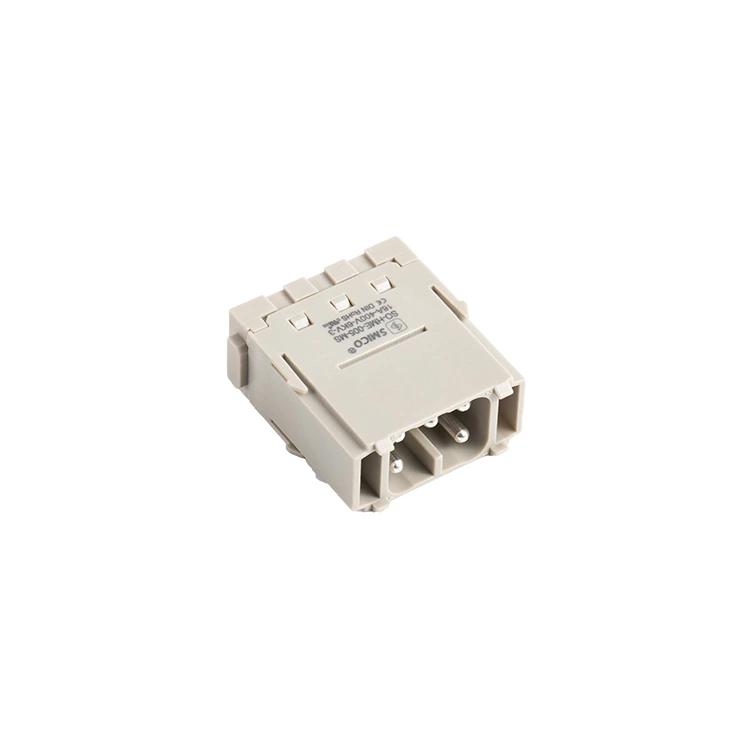Steps To Choose Heavy-duty Connectors
Connectors are the most widely used electronic equipment in industry, and they are used for various "connection" tasks. However, in some special harsh industrial environments such as dust, moisture, and mechanical stress, we need more solid, durable, and resistant connectors to connect the "interfaces" of wires and equipment. At this time, you need the "special forces" in the connector - Heavy Duty Connector.
So here comes the question:
Everyone can choose general connectors, but how should heavy-duty connectors be selected?
Step 1, determine the connection method of the connector.
The connection methods of heavy-duty connectors include screws, shrapnel, direct plug-in, cold pressing, coaxial screws, etc.
The three connection methods of screws, shrapnel, and direct plug-in do not require additional accessories, are cheap, and are easy to operate.
Screws and shrapnel types require screwdrivers for wiring, the wiring process is simple and convenient, and later on-site repair and maintenance are more flexible.
Direct plug-in types can be directly wired without tools, but the price is higher than screws and shrapnel types.
Cold pressing types require additional purchase of special male and female pins, and special crimping tools are required for crimping and disassembly.
Tips for purchase: When purchasing screws, springs, and plug-in models, you need to consider the actual situation such as price, wiring convenience, and later repair and maintenance. The cold press type requires special crimping tools and has high requirements for operators. However, it is more reliable than other methods, the tool price is expensive, and the overall cost is high. It is suitable for standardized mass assembly.
Step 2, determine the number of loops, voltage and current.
As a bridge connecting the two ends of the cable and transmitting power or signals, designers should select the cable to be used when designing the schematic diagram of the heavy-duty connector, mainly based on the voltage and current to be transmitted, so as to determine the number of cores and wire diameter of the cable used, and also determine the maximum diameter of the cable, the number of cores of the plug, the rated voltage and rated current.
Tips for purchase: Whether it is a cable or a connector, the transmission voltage and current must be lower than the rated voltage and rated current of the cable and connector. In some power transmission, it is often the case that the transmitted current is greater than the rated current of the loop, and the wiring wire diameter range is limited. In this case, you can choose a cable with a small wire diameter, but the power of the same potential is transmitted by two core wires, which will increase the number of loops, and you don't have to choose a cable with a large wire diameter.
Step 3, determine the cable connector.
For different cable connectors, plastic and metal connectors are generally provided, and three protection levels of IP54, IP67, and IP68 are available. In addition, the thread specifications of the cable connector are available in metric and imperial.
Purchase Tips: Determine the outer diameter of the above cables, and then according to the requirements for the protection level of the connector, you can easily select the specifications of the cable connector.
Step 4, confirm the shell type.
A sturdy shell can help the connector withstand frost and vibration.
Purchase Tips: Heavy-duty connectors with different protective shells, dimensions, and line entry methods are all different.









